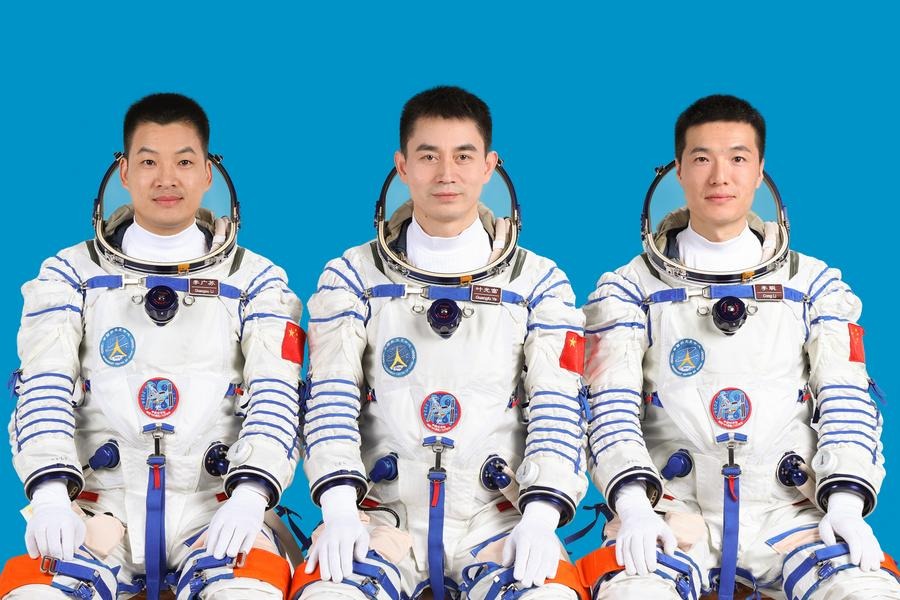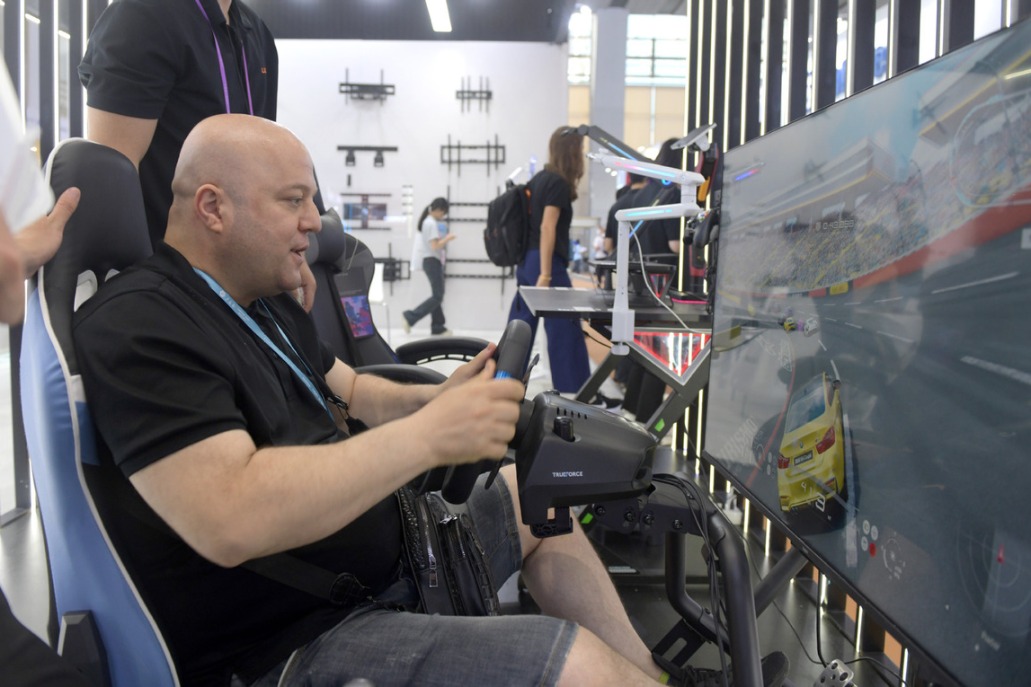Synthetic embryos offer stem cell hope
By Barry He | China Daily Global | Updated: 2022-08-16 09:40
Synthetic mice embryos created by Israel's Weizmann Institute of Science were the first to have been grown outside a womb with the early forms of hearts, brains, and tails.
The hope that this could one day reduce the need for animal testing and produce new therapies for currently incurable diseases has ignited excitement in the scientific community.
A leukemia patient could, for example, simply have their skin cells harvested and reformed into bone marrow cells in an unlimited supply for use in treatment.
These stem cells have no need for sperm fertilization and are the first ever case of so-called "synthetic wombs" in modern science.
Such synthetic embryos are created from unfertilized eggs and the living structures that start to develop could drive a much deeper understanding of how our organs and tissues form. The synthetic versions were found in studies to be 95 percent similar to the internal structure of natural mouse embryos, and analyzing their genetic profiles could unravel a treasure trove of scientific information.
Organs that formed in them were seemingly functional, leading to a further discussion of whether they could have a future role in organ transplantation.
The synthetic embryos did not, however, have the potential to develop into living animals, as they were not transplanted into the wombs of female mice. Even if they were, it is unclear whether they would have survived, or developed properly.
Many countries, including Israel, the United Kingdom, and the United States have the legal structure in place to allow for ethical experimentation with human induced pluripotent cells. This means that the knowledge to do the same to human cells could soon enable new discoveries.
However before human synthetic embryos are created, future ethical and legal frameworks would likely need to be updated to consider the development.
Creating human versions that would then be transplanted into a woman would currently be classed as unlawful internationally.
For several decades now, the major hope in stem cell research has been that, one day, we may be able to heal and repair the body's own tissues. Stem cells can develop into any type of tissue or organ, and the potential to fix issues such as spinal cord injury paralysis, to regrow limbs, or cure diseases such as diabetes, is elusively captivating.
Watching the process unveil in real time in a synthetic embryo is a breakthrough as it illustrates how beating hearts and rudimentary brains and gut lines can develop artificially.
Recent advances in biotechnology have made this breakthrough in synthetic embryos possible. At the Weizmann Institute of Science a rotating wheel-like incubator was used, rotating the embryos inside bottles of liquid filled with nutrients, growth factors, and controlled oxygen levels.
Before this innovation, it was not possible for the mice cells to develop for longer than a few days.
By using the innovation, they lasted for a record 11 days, which was significant when considering the average gestation period for a mouse is only 20 days.
Scientists from the project stated that the next challenge will be to comprehend why and how the cells know what to do, how exactly they assemble into organs, and how they then follow the correct map planned out to create a fully functioning organism.
The field of stem cell research is gradually becoming a tangible reality for effective treatments, and a deep understanding of how life begins. The difference this could make for millions around the world would be astronomical, and the work continues slowly but surely to make its potential a reality.
Barry He is a London-based columnist for China Daily























